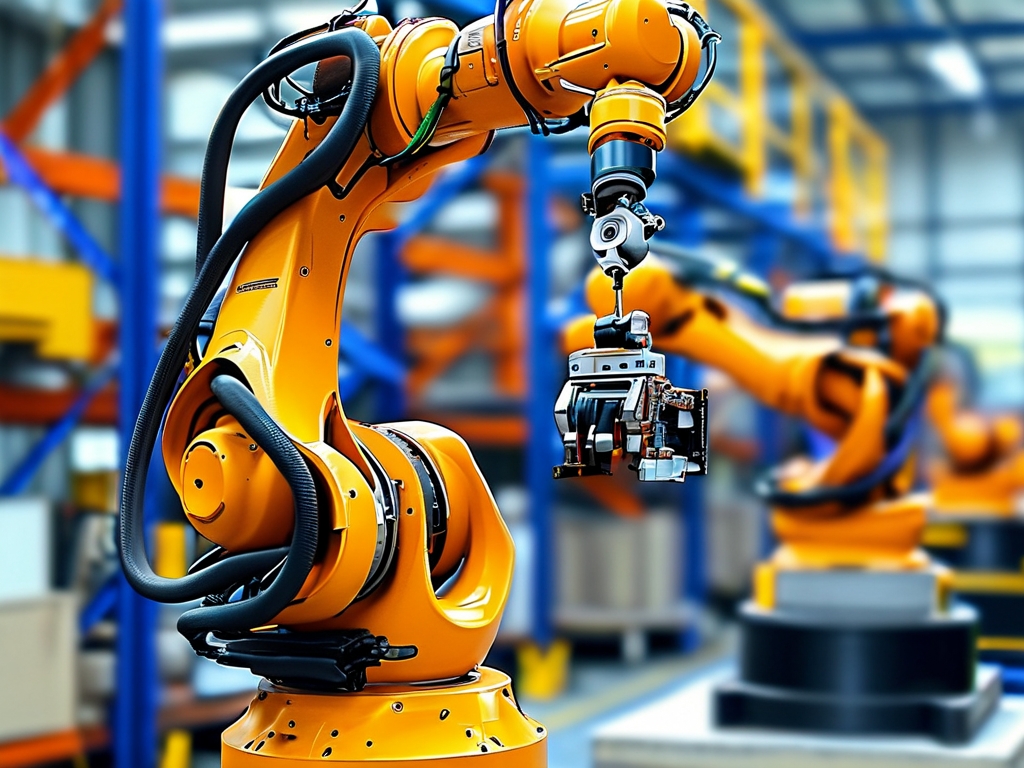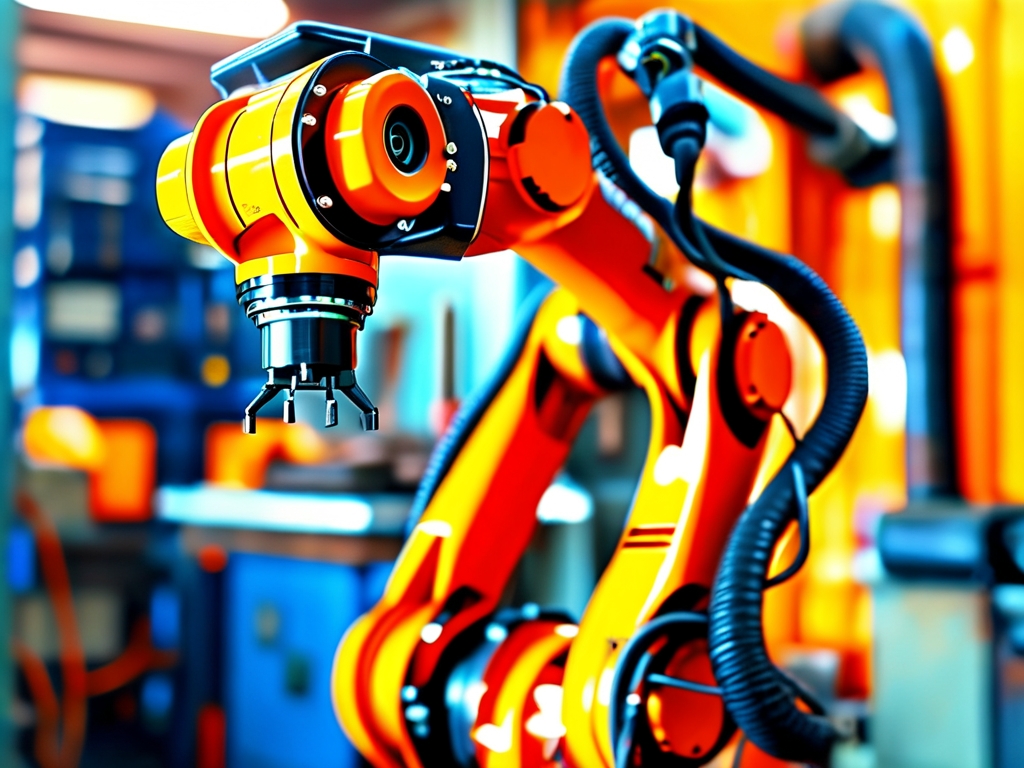SCARA (Selective Compliance Assembly Robot Arm) robots are widely used in high-precision manufacturing industries, including electronics assembly, automotive production, and pharmaceutical packaging. Their unique design—combining rigidity in the vertical axis with flexibility in the horizontal plane—makes them ideal for repetitive tasks requiring speed and accuracy. However, like all industrial machinery, SCARA robots require regular maintenance and timely repairs to sustain performance. This article explores key techniques for diagnosing, maintaining, and repairing SCARA robots to minimize downtime and extend operational lifespans.

1. Common Failure Modes in SCARA Robots
Understanding common issues is the first step in effective maintenance:
- Mechanical Wear: Joints, belts, and harmonic drives degrade over time due to friction and load stress. Symptoms include positional inaccuracies or unusual noises.
- Electrical Failures: Motor malfunctions, encoder errors, or power supply disruptions often stem from damaged cables or overheating components.
- Software Glitches: Calibration drift or communication errors between the robot and its controller may arise from firmware bugs or incorrect programming.
- Environmental Factors: Dust, humidity, or temperature fluctuations can accelerate wear or cause sensor misalignment.
2. Diagnostic Approaches
Effective troubleshooting relies on systematic diagnostics:
- Visual Inspection: Check for loose bolts, worn belts, or oil leaks. Inspect cable integrity and connector alignment.
- Error Log Analysis: Modern SCARA controllers store error codes and performance data. Reviewing logs helps pinpoint recurring issues.
- Motion Testing: Run the robot through predefined paths to identify deviations in speed, torque, or repeatability.
- Sensor Validation: Use oscilloscopes or multimeters to test encoder signals and motor feedback.
3. Core Repair Techniques
Once a fault is identified, targeted repairs are essential:
- Harmonic Drive Replacement: A critical component in SCARA arms, harmonic drives require careful disassembly to avoid damaging adjacent gears. Lubrication with manufacturer-approved grease is vital during reassembly.
- Motor and Encoder Alignment: Misaligned motors cause positional drift. Follow calibration protocols using laser alignment tools or proprietary software.
- Cable Management: Replace frayed cables and secure routing to prevent tangling. Shielded cables are recommended to reduce electromagnetic interference.
- Controller Firmware Updates: Outdated firmware can lead to compatibility issues. Always back up parameters before updating.
4. Preventive Maintenance Strategies
Proactive measures reduce unexpected breakdowns:
- Scheduled Lubrication: Apply high-performance grease to joints and gears at intervals specified by the manufacturer.
- Vibration Analysis: Use accelerometers to detect early signs of imbalance or bearing wear.
- Thermal Monitoring: Install infrared sensors to track motor and drive temperatures, preventing overheating.
- Training Operators: Ensure staff recognize early warning signs, such as unusual sounds or slower cycle times.
5. Case Study: Resolving a Repetitive Positioning Error
A semiconductor manufacturer reported inconsistent pick-and-place accuracy in their SCARA robots. Diagnostics revealed a worn harmonic drive in the Z-axis and minor encoder misalignment. The repair involved replacing the drive, recalibrating the encoder, and updating the motion control parameters. Post-repair, positional accuracy improved by 98%, and preventive lubrication schedules were tightened to avoid recurrence.
6. The Role of Advanced Tools
Modern maintenance leverages technology:
- Predictive Analytics: AI-driven platforms analyze historical data to forecast component failures.
- Augmented Reality (AR): AR-guided repair manuals overlay instructions onto real-time robot views, reducing human error.
- 3D Printing: Custom jigs or replacement parts can be printed on-site to expedite repairs.
7. Challenges in SCARA Robot Maintenance
- Component Availability: Legacy systems may lack spare parts, necessitating retrofitting or upgrades.
- Skill Gaps: Technicians require specialized training in robotics, electronics, and software.
- Cost-Benefit Balance: Deciding whether to repair or replace older robots depends on lifecycle costs and production demands.
SCARA robot maintenance is a multidisciplinary endeavor blending mechanical expertise, electrical knowledge, and software proficiency. By adopting systematic diagnostics, preventive measures, and advanced tools, industries can maximize uptime and ROI. As automation evolves, staying ahead of maintenance trends will remain critical to sustaining competitive advantage in precision manufacturing.



